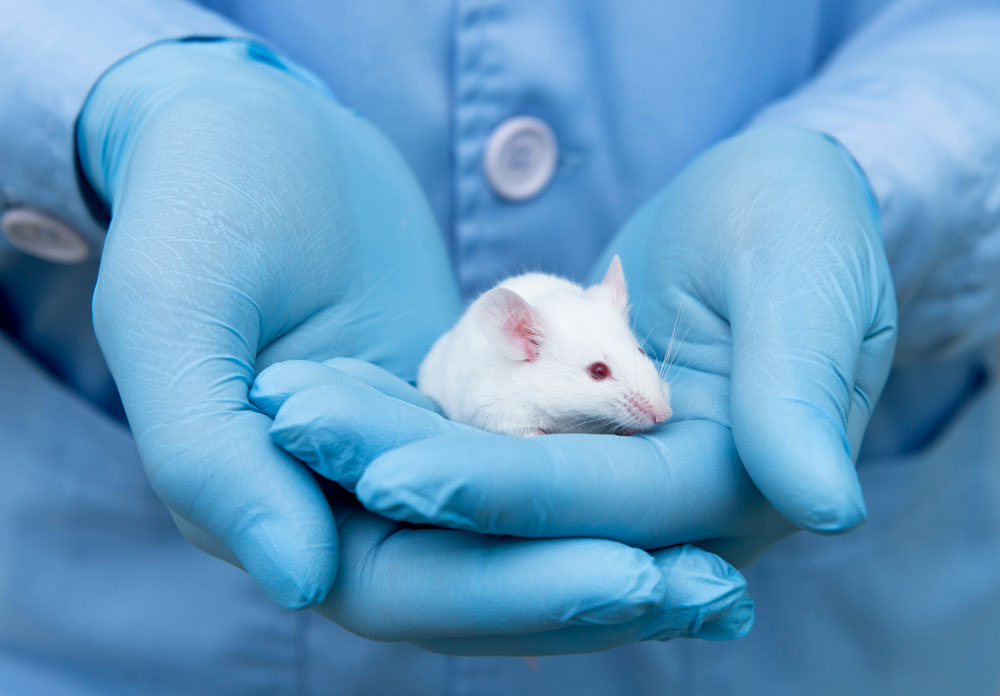
Worldwide, there is concern that antimicrobial resistance threatens the use of currently available pharmaceuticals to handle infections. Some recent research from Albert Pol and colleagues at the University of Barcelona has revealed effective native, intracellular immune responses not previously recognized.
Mammalian cells contain lipid droplets, which have been considered storage cells for fat to help fuel mitochondria for energy production rather than contributing any other specific role. However, a recent study has identified that the lipid droplets (LD) might in fact be a first line of defense against pathogens [M. Bosch, et al. Mammalian lipid droplets are innate immune hubs integrating cell metabolism and host defense, Science Oct 2020, Vol. 370, Issue 6514; DOI: 10.1126/science.aay8085].
Pathogens entering a cell migrate toward intracellular lipid droplets to fuel survival and growth. However, these lipid droplets are stimulated through infection to amplify proteins with antibacterial activity.
The study was performed on mice given a lipopolysaccharide (LPS) injection to simulate a bacterial infection that stimulates an immune response. The researchers noticed an increase in lipid droplets within liver cells in the face of LPS. Lipid droplets in both LPS-injected and control mice were able to inhibit in vitro growth of E. coli, but the response was much more enhanced in mice injected with LPS.
When they analyzed the lipid droplets, the proteins for lipid metabolism were reduced in LPS-treated animals, but other immune factors such as cathelicidin were increased—this protein has antimicrobial properties with broad-spectrum activity. Enhanced levels of cathelicidin showed efficacy against control of growth of E. coli, Listeria monocytogenes and MRSA. A similar finding occurred in human macrophages, with increased numbers of lipid droplets in cells infected with E. coli.
The authors stated, “This work highlights the ability of lipid droplets both to kill pathogens directly and to establish a metabolic environment conducive to host defense. They act as a molecular switch in innate immunity, responding to danger signals by both reprogramming cell metabolism and eliciting protein-mediated antimicrobial mechanisms.”
This new information of a first-line, innate immune response might shed light to help develop future strategies against microbes.








